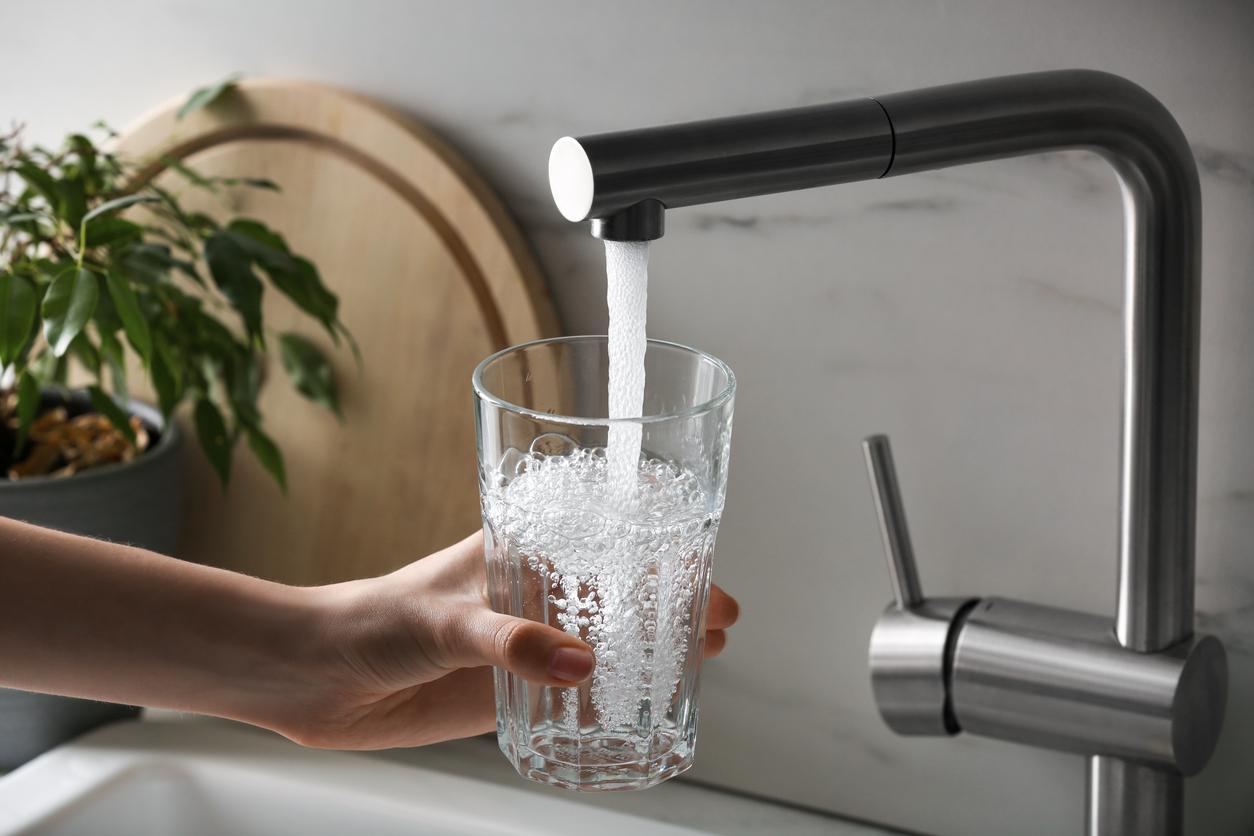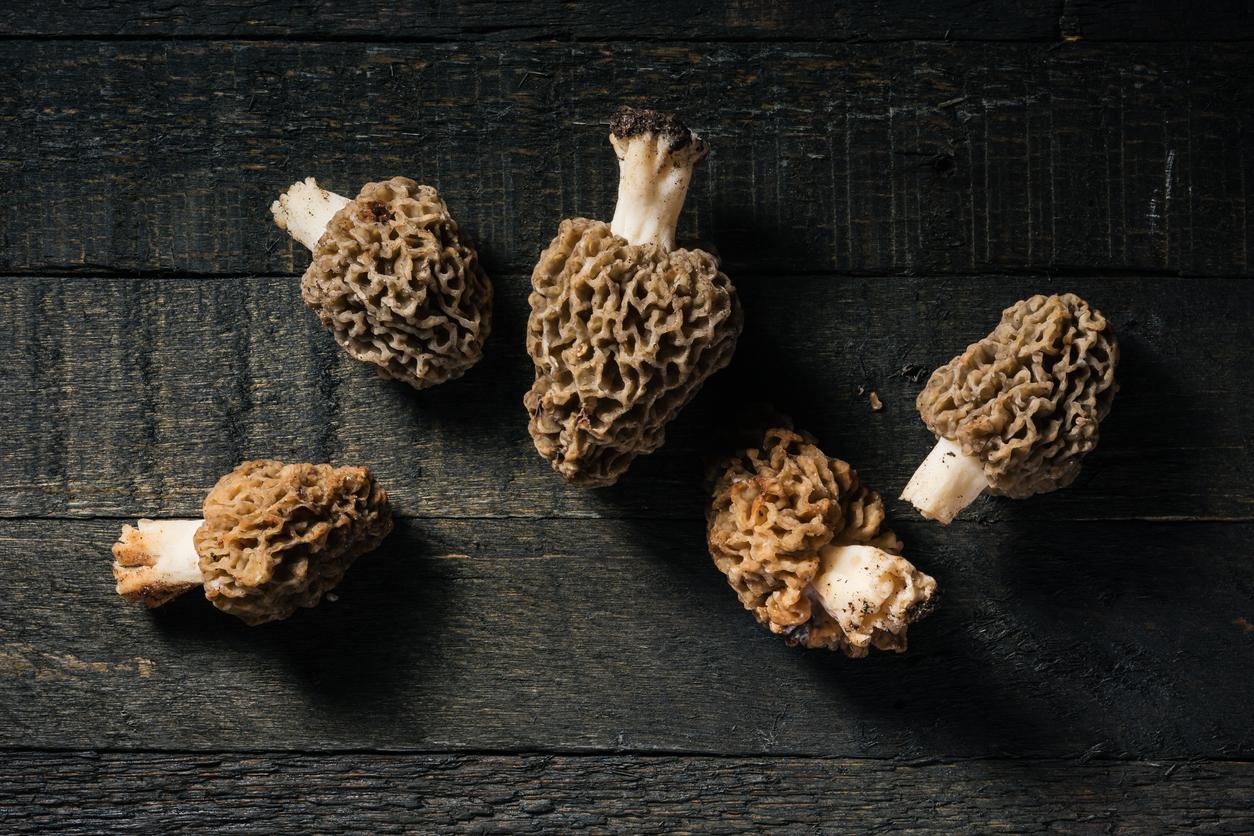
Carbon monoxide is a real silent killer: the gas is colorless and odorless and in the Netherlands kills about eleven people every year. Another 150 end up in hospital with serious complaints.
Carbon monoxide poisoning can happen to young and old and can happen anywhere. Yet most people at home are attacked by the gas.
The symptoms
Carbon monoxide is absorbed into the blood 250 times faster than oxygen. The colorless and odorless properties make it very difficult to notice the gas. In addition, the symptoms of carbon monoxide poisoning are very common: (minor) headache, nausea, vomiting, fatigue, confusion and an accelerated heartbeat. So flu-like symptoms. It is often only with severe carbon monoxide poisoning that it becomes clear that something is wrong: it can cause unconsciousness, coma, permanent brain damage and in the worst case even death.
Many doctors also do not recognize poisoning: often a patient is sent home with the complaints.
The most common causes
Carbon monoxide is created by incomplete combustion of natural fuels. This is common in poorly maintained or malfunctioning heating or combustion appliances. You can think of stoves, fireplaces, geysers and central heating or combi boilers: devices that everyone has at home. If these are located in a poorly ventilated area or have no direct outlet to the outside, this increases the risk of poisoning.
Poorly maintained, rusted, cracked or disconnected flues and cracked chimneys are also responsible for a large proportion of cases. The third cause is pollution of drains. This is often because people use their stove or fireplace as a multi-burner, which causes the drain to become dirty more quickly.
How to prevent carbon monoxide poisoning
It is important to be alert for possible indications that something is wrong.
Keep an eye on your heating or combustion installation
- Note the color of the flame: when fully burned, it is blue; yellow or orange with incomplete combustion.
- Look for signs of corrosion, rust or soot.
- Check the drainage channels: are they still intact and as vertical as possible?
- Clean your stove or fireplace well at the end of the winter.
- Have your heating or combustion installation checked annually.
If you notice that something is wrong, immediately call in a professional.
Ventilate well
Ventilation is very important: a regular supply of oxygen can significantly reduce the risk of carbon monoxide poisoning. Therefore, open windows or ventilation grilles from time to time. Do you see condensation on the windows? Then that is a sign that the room is not sufficiently ventilated.
Install a carbon monoxide detector
A carbon monoxide detector measures the concentration of carbon monoxide in the air and sounds an alarm if it gets too high. It is important when placing a carbon monoxide detector that it is located at a horizontal distance of 1 to 3 meters from the heating or combustion installation.
The detector must also be at least 30 centimeters away from a wall when placed on the ceiling. In addition, a detector should not be mounted next to an air inlet or outlet or behind an object. When installing on the wall, also ensure that the detector is at least at breathing height. In a bedroom it is therefore usually lower.
Do you want to know everything about installing a carbon monoxide detector? Check out the website of the Fire brigade.
Important during the annual check-up
A 2015 study showed that recognized installers also make mistakes. So make sure that the following points are looked at during the annual inspection:
- The values of carbon monoxide, carbon dioxide and oxygen in the flue gases.
- The safety of the flue gas outlet.
- Correct adjustment of the gas appliance.
- The number of ventilation facilities in the room.
- Correct installation of the heating or combustion system.
Source: Fire Department

















